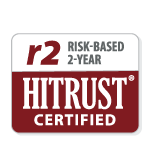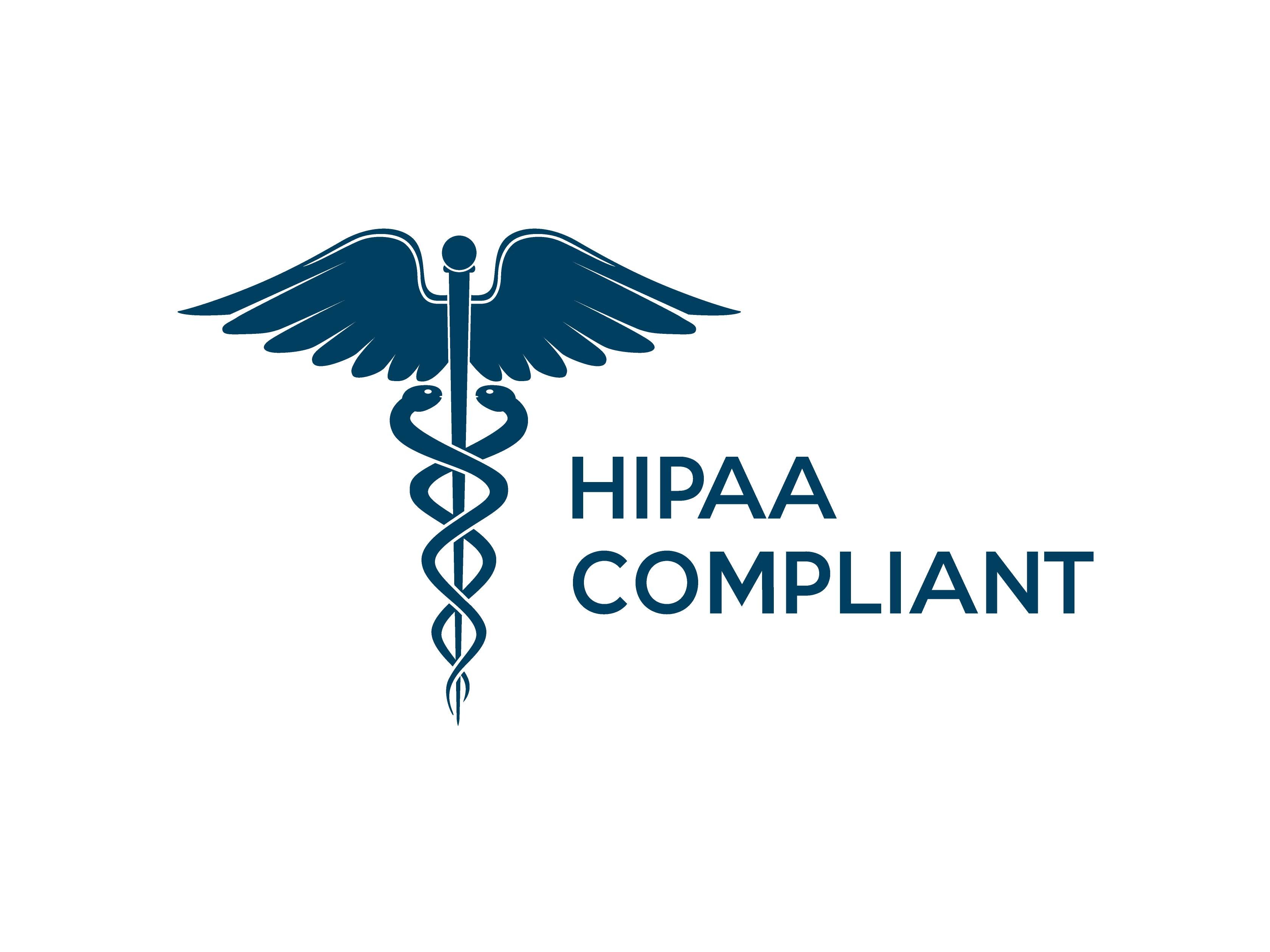The Key to Drug Adherence
Patients with chronic conditions are prescribed medications for good reason. But that doesn’t mean they stay with those medications over time.
In fact, research shows that 50% of people in the U.S. don’t take their medications for chronic diseases as prescribed. Each year in the U.S., non-adherence contributes to:
- More than $500 billion in avoidable healthcare costs
- As much as 25% of hospitalizations
- Approximately 125,000 preventable deaths 1
Causes are many—and complex
What makes people ignore their providers’ recommendations and stop taking their medications? There are a lot of reasons:

- Cost. The average specialty patient costs about $100,000 per year. Although a significant portion may be covered by insurance, many patients’ out-of-pocket costs are more than their budgets allow. Cost concerns may lead patients to skip doses or take partial doses (or both)—especially if they don’t fully understand the potential consequences.
- Forgetfulness. Managing a complex disease state is difficult and some conditions can cause memory issues.
- Stress. Complicated medication regimens can feel overwhelming to many patients.
- Lack of Understanding. A lot of patients—especially those new to therapy—don’t fully understand how or why to adhere to their medication regimen.
- Side Effects. In some cases, the side effects may feel worse than the disease itself.
- Asymptomatic Conditions. When detectable symptoms aren’t present, the patient doesn’t feel any different on the medication. That can cause them to underestimate the need for the drug.
One solution: Personalized Communication
Many causes of medication non-adherence have one potential solution in common—personalized communication. Tailored education, reminders, and other communications can help patients understand and remember why taking the right dose of the right medication at the right time is critical to their health.
In most organizations, though, the dream of personalized patient communications—where the right message gets to the right patient at the right time—is shattered by the reality of limited IT resources. That’s why it’s so important to find a platform that:
- Makes it easy to plan, develop, deliver, and monitor patient communications
- Doesn’t require extensive IT resources
- Can be built and deployed quickly
- Is HIPAA-compliant & HITRUST Certified
Real-life example: Specialty pharma
If the goals above seem unattainable, consider this recent example from a specialty pharma company. To meet their engagement goals—and work within their resource constraints—SmartStory’s mobile engagement platform was selected to quickly create personalized patient engagement journeys.
What it does
The SmartStory platform integrates omni-channel communications (including email, text, voice) with an easy-to-manage content library system. The platform’s workflow management tool makes it easy to build personalized, immersive patient engagement journeys at scale.
Using a drag-and-drop editor, a user can easily create dynamic webpages (SmartPages) to deliver the right content to the right person at the right moment. The platform allows real-time, HIPAA-compliant visibility into patient activities and interaction with content.
How it works
SmartStory partnered with the client to plan post-prescription patient journeys. Then we automated the process.
- Brief introduction. Patient communication starts with information about the personalized portal and how it can be used.
- Customized, disease-specific video. The introduction is followed by customized video with patient-specific medication and disease management advice.
- vCard with contact info. Patients receive (via text) a vCard with company contact information and are asked to download it. That way, when the patient receives a call from this pharmacy, the toll-free number is recognized (not treated as spam), and the patient is comfortable answering.
- Easy HIPAA opt-in. If a HIPAA authorization form is needed, patients are directed to a SmartPage with a secure web form to enter required information and authorization. (This was formerly a paper-based process, and patients were asked to fax a completed form.)
- Reminder notifications. Patients then receive from one to three reminder notifications. Each notification links to a related SmartPage, reminding patients about the importance of taking their prescription and offering to initiate a refill process. (Previously, this required an expensive call center outreach process.)
- Action based on patient responses. Additional workflows gather information using SmartPage web forms and send collected data into a work queue on a company SharePoint site. For certain diseases (such as hemophilia), pharmacists determine next steps based on how a patient answers the questions. In some cases, for instance, the pharmacy team may call the provider to adjust the medication. In this way, the patient, pharmacist, and provider are brought together in one integrated workflow.
- Further assessments as needed. Additional workflows can combine more assessments and content based on patient responses. These communication sequences get more involved as their duration extends beyond 180 days. This process is managed in a visual workflow diagram that can be created within a few days—without specialized IT skills.

1 Medication Adherence Is Not a Zero-Sum Game;” American Journal of Managed Care; April 5, 2022;


